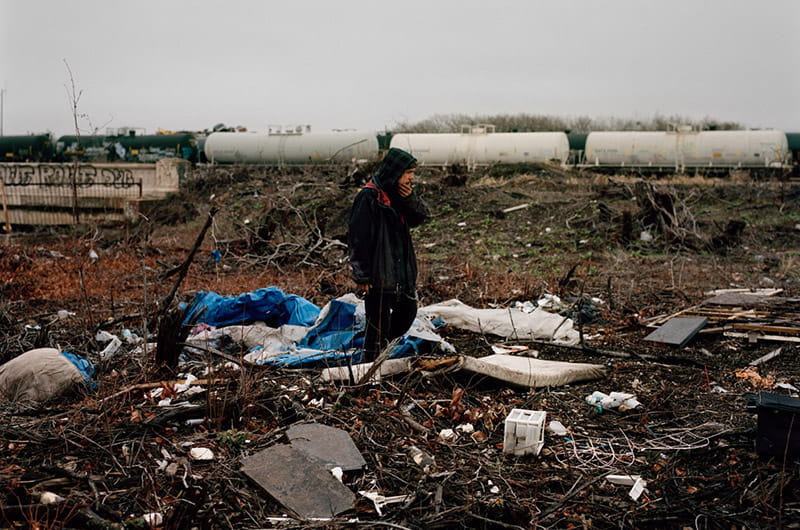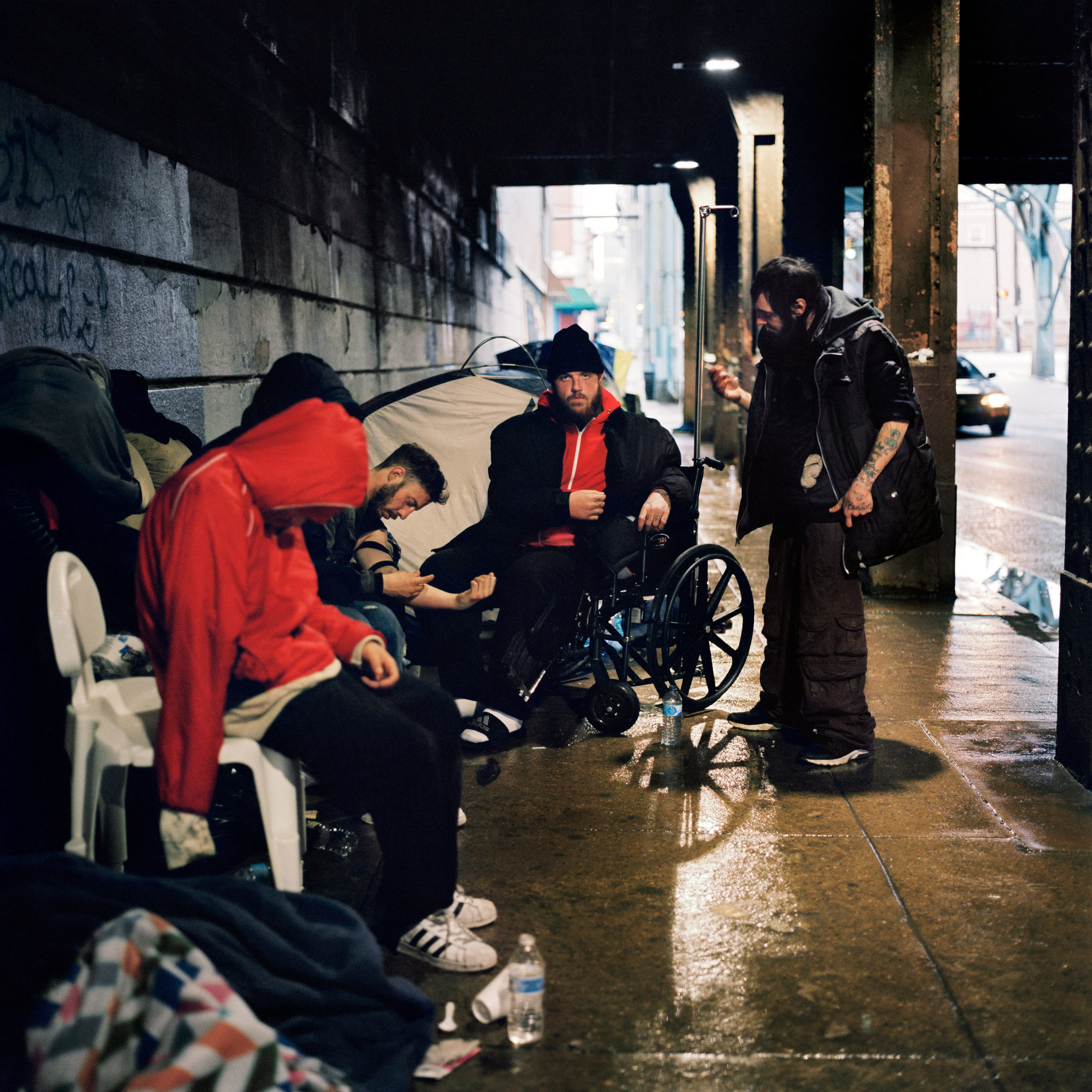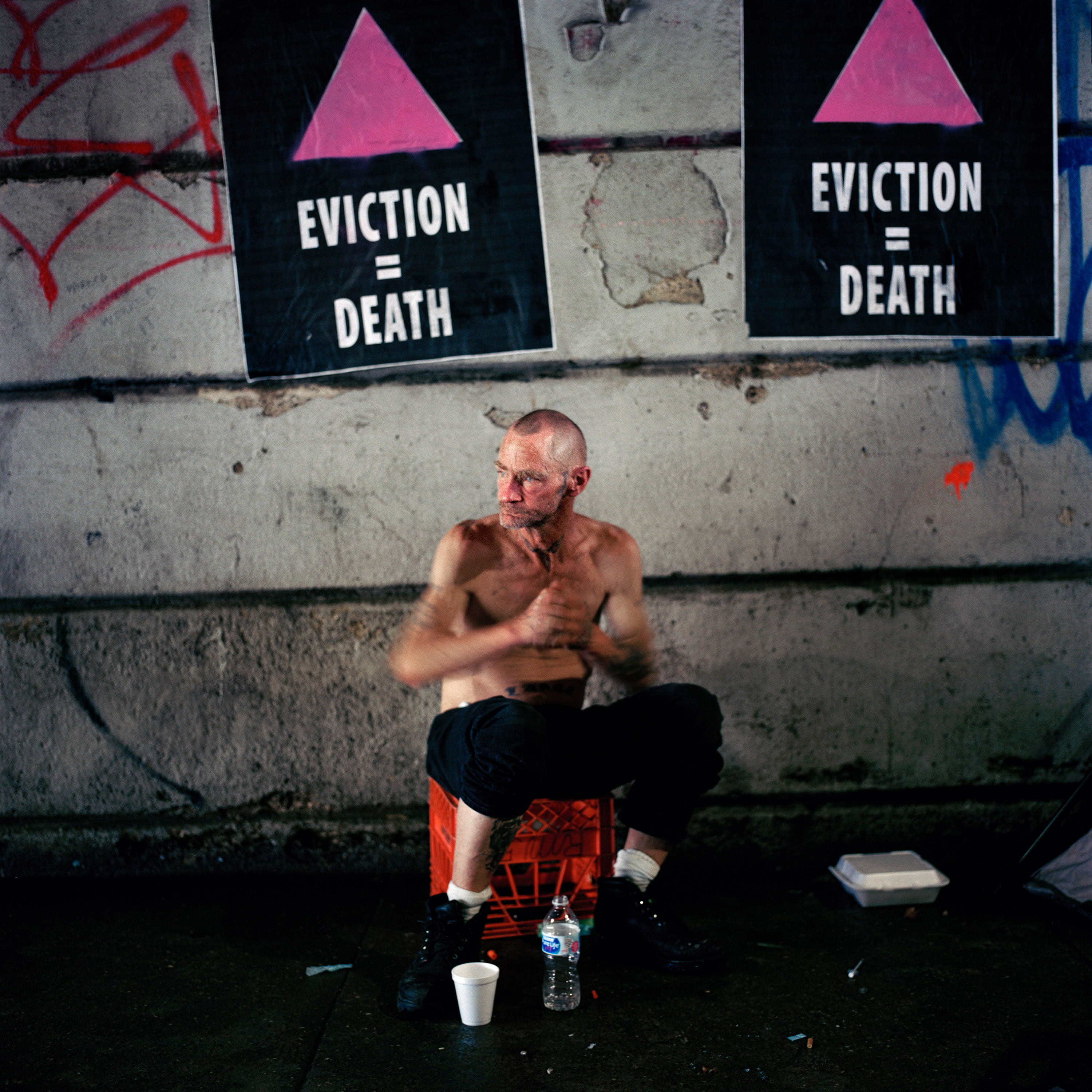Kensington Blues: Philadelphia’s Opioid Crisis in a Decade of Photographs

In 2017 over 70,000 people died from a drug overdose in the United States, according to the Centers for Disease Control and Prevention. Half of these deaths were a result of heroin use and exposure to the fatal synthetic opioid fentanyl. For Philadelphians, the crisis descends over just about every neighborhood, carrying a varied impact. Philadelphia’s overdose rate is horrifically high – in 2017 alone, 1,217 people died from an overdose, an estimated 1,100 people were lost last year.
Photographer and Drexel University alumnus Jeffrey Stockbridge has captured the veracities of the epidemic through the lens of a decade long photography project focused on the opioid crisis in Philadelphia, that will be on display at Drexel.

The exhibit, Kensington Blues, will run from Friday, Jan. 25 through Saturday, March 30 in the Paul Peck Alumni Center (corner of 32nd and Market Streets).
The exhibition will feature photography, audio interviews, videos and journal entries. Stockbridge utilizes a combination of photographic styles and formats to portray the emotional, and physical impact of drug addiction and briefly lets viewers peer into the state of mind of these individuals suffering and struggling with substance use.
Video excerpts from “Embedded in the Badlands” a documentary series co-produced and created in collaboration with reporter Courtenay Bond Harris and video editor Hunter Siede visually depict the various aspects of the deadly epidemic that is the focal point of the exhibition Kensington Blues.
The opening reception will take place on Friday, Jan. 25 from 5-7 p.m. The Paul Peck Alumni Gallery is open Monday through Friday from 9 a.m. - 4 p.m. and Saturday from Noon to 5 p.m.

Stockbridge is a photographer and fine-art printer based in Philadelphia. He began his documentary photography series in 2008 and in 2017 published Kensington Blues, a book featuring much of his work. Stockbridge’s photos have been published in the New York Times Magazine, Time Magazine and BBC, among others.
"Addiction has no socio-economic, racial or ethnic boundaries,” said Barbara Schindler, MD, a professor in the College of Medicine.

Programming for the exhibition will include an artist talk on Thursday, Feb. 7, from 6-7 p.m. and a panel discussion on Wednesday, March 20, from 6-9 p.m. To learn more about Jeffrey Stockbridge and the exhibition, Kensington Blues, visit here.
Drexel News is produced by
University Marketing and Communications.
